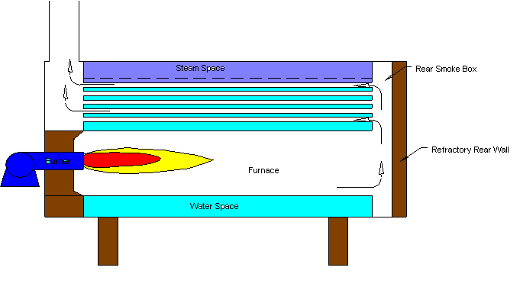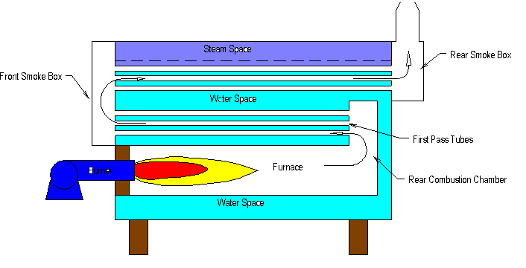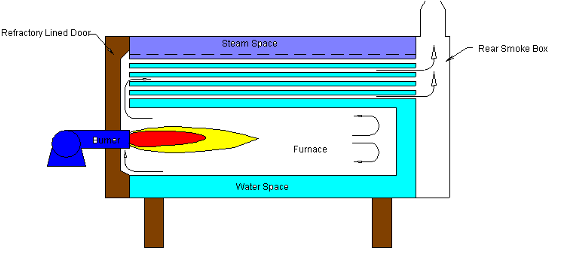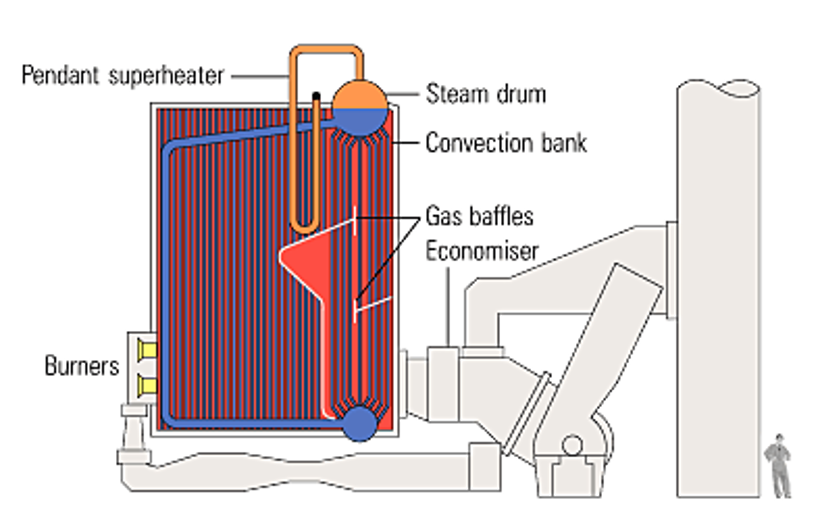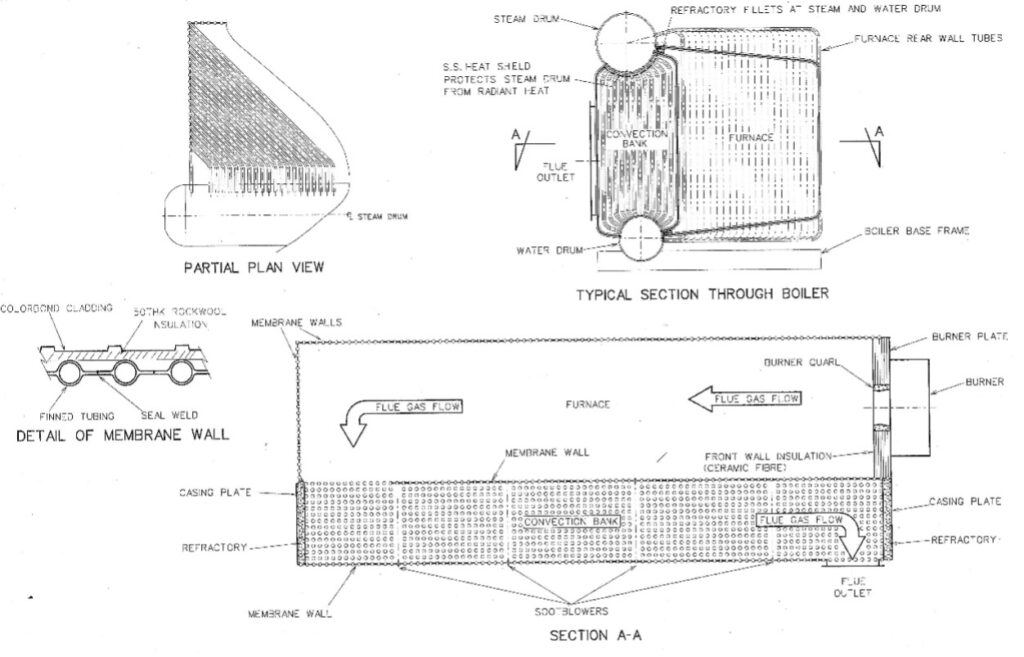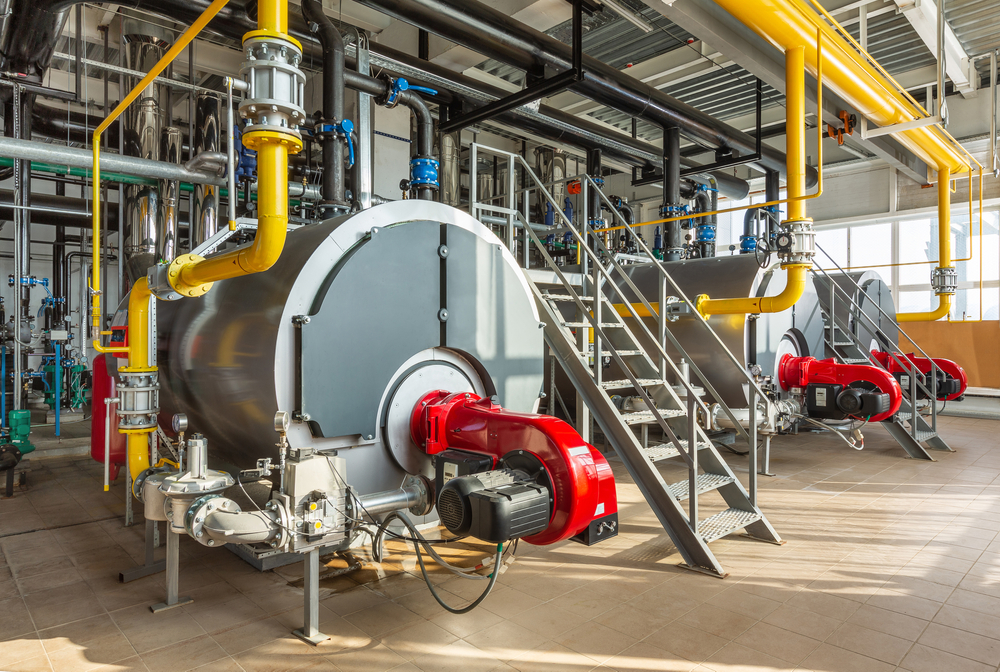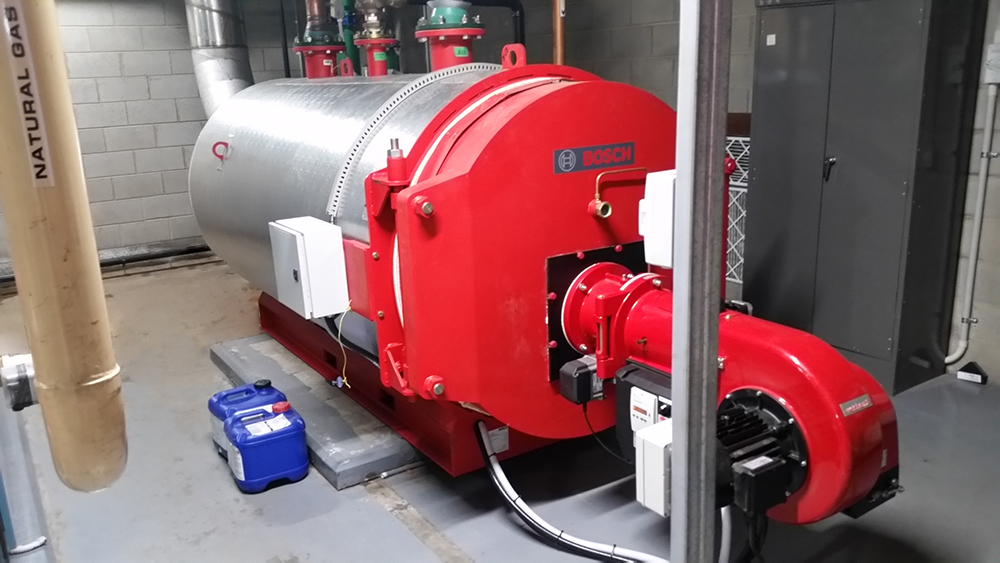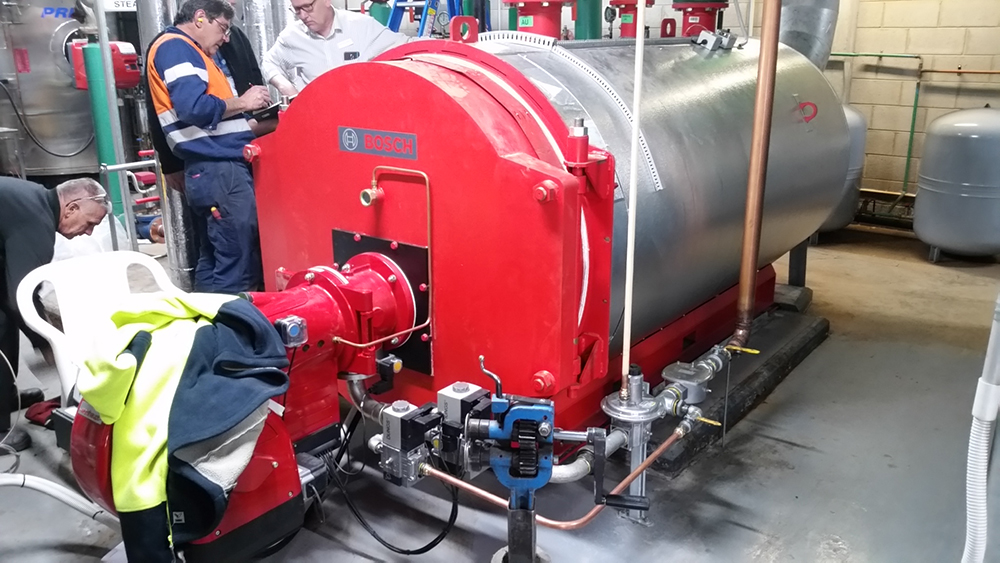Steam boilers are integral to many industries, and they have played a role in industrialisation since the times of industrial revolution. When your business or industry relies on boilers for heating, steam production, or another function, it’s important to have the information about how to get the most out of the lifespan of your boiler system. There are certain steps to take that can help to make the most and even potentially extend the life of your boiler, which is why we have put together this list of handy tips. Keep reading to find out all about the useful hints and tricks we have on how to get the most out of your steam boiler.
How Long Should a Boiler Last?
On average, you can expect to get 20 to 30 years of life and operation out of a steam-powered boiler. That being said, this varies depending on the application of your boiler, the particular setting it operates in, and the industry it is used in. If you follow the maintenance guidelines, and some of the tips in this article, you have a good chance of getting the most out of that average life expectancy mentioned above. Of course, ensuring that the proper safety and repair protocols are followed is essential if you hope to get decades out of your boiler.
Regular Maintenance
A cornerstone of extending the lifespan of a steam boiler is regular maintenance. This is true of any piece of machinery, or indeed, of anything that one values. If you wish to keep it spick and span, in good working order, safe, and extend its lifespan, then keeping up with maintenance is essential.
As mentioned, regular assessment and maintenance by a professional in boiler systems are also imperative to the safe functioning of the system, and the safety of those people who come into contact with it or are around it daily. This is one important reason for regularly scheduled maintenance, and another is that these check-ups can identify problems or concerns that may then be fixed before they turn into big issues for the system. This early intervention is then what can help to extend the steam boiler’s lifespan.
Check Water Quality
The quality of the water inside your boiler actually plays a large role in the quality of the operation of the boiler system. When hard water is used within the system, it leaves behind mineral deposits or scales during the process of conversion to steam. This build-up creates issues with the boiler working as it should, and can cause it to work overtime to compensate, putting pressure on the whole system.
You can mitigate the risk of mineral build-up and the accompanying safety risks that come with it, by installing or using a water softener as part of the boiler system. Check out this Wikipedia page for more information all about boilers, and then discover even more with 4 facts about steam boilers.
Know When to Replace
There are many considerations when it comes to steam-powered boilers, but one important one is knowing when it’s time to maintain and repair, and when it’s actually time to replace. This is a particularly important thing to consider when it comes to ensuring and maintaining the safety of your boiler system because boilers that need replacing can exhibit unsafe characteristics.
When it comes to knowing when a boiler might be coming to the end of its life, or you may be approaching the appropriate time for a replacement, there are several things to look out for:
Strange Noises: Unusual or irregular noises can indicate that something is wrong with your boiler, or that it could be approaching a breakdown. For example, banging noises, whistling noises, or gurgling sounds could be a sign that it’s time to have your boiler system assessed by a professional.
Loss of Pressure: If your boiler is regularly losing pressure, then this can also be a sign of an impending breakdown. Loss of pressure could be caused by a number of things, such as damage to the boiler pump, or damage to the pressure relief valve. It’s important to remember that if you do suspect something is wrong with your boiler, or that it is failing, you must consult a professional to have it inspected.
Do You Need Experts in Steam Boilers?
Here at Tomlinson Energy Service, we are proud to offer you more than 100 years of engineering and service experience. We provide unparalleled expertise in maintaining, repairing, and installing steam boilers, as well as other thermal energy system-related services. We provide exceptional customer service and a seamless customer experience. Plus, as a member of the Environmental Group Limited (EGL), we are proudly committed to the protection of the environment.
When you need boiler maintenance, repair, or installation, call us at your state-specific telephone number, or fill out our online contact form, and we will get back to you.

